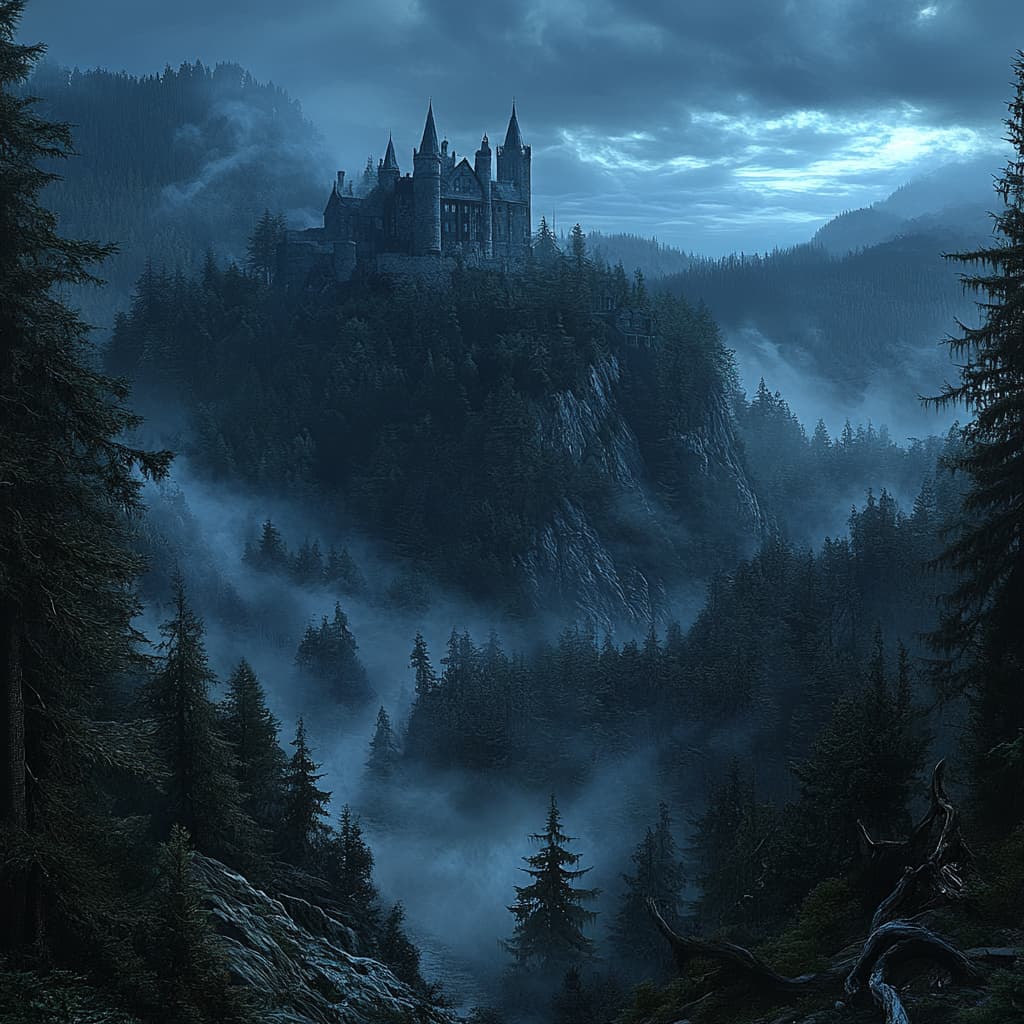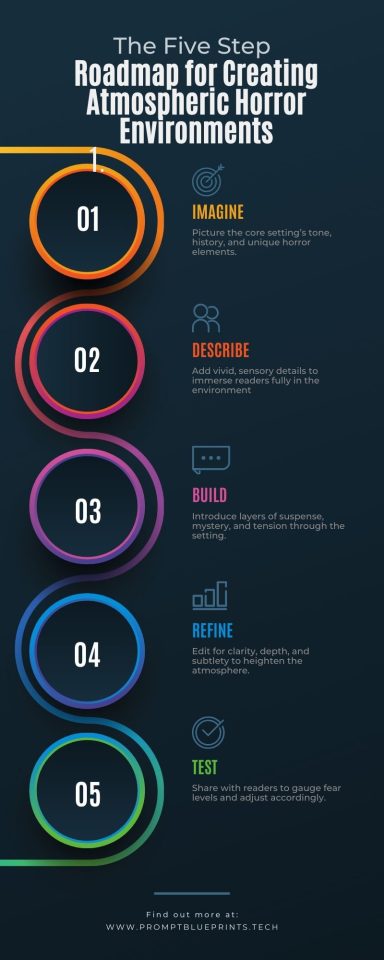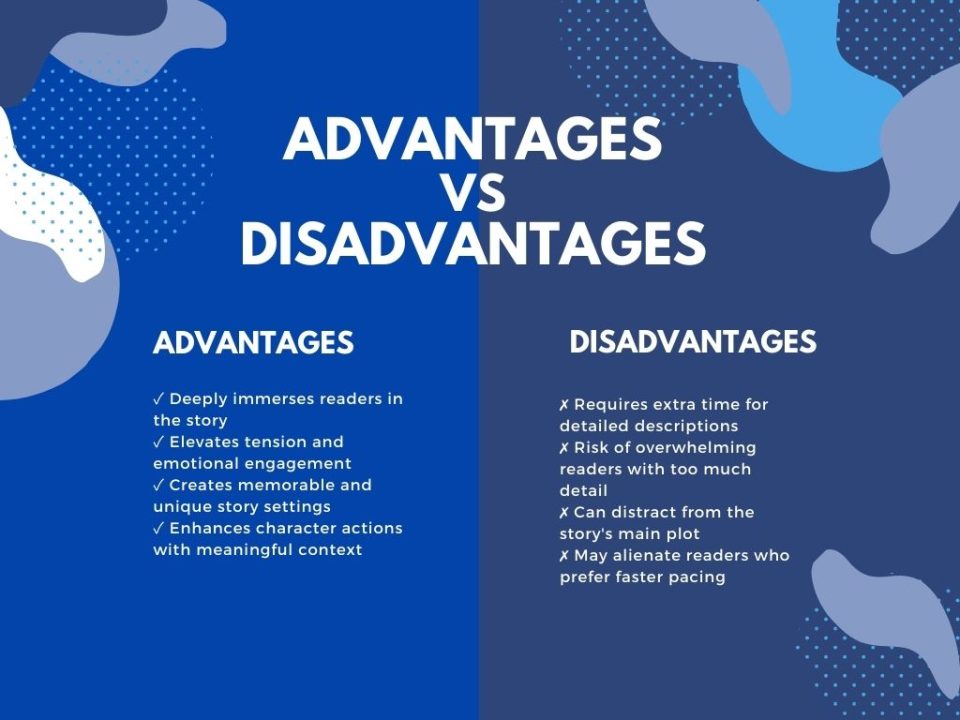Setting the Scene: Creating Atmospheric Horror Environments

Download or listen to our AI Podcast right here Setting the Scene
Crafting chilling atmospheres is the heart of any memorable horror story. Whether you’re conjuring a haunted forest or a dystopian future teeming with dread, the right environment grips readers with unease and sets the stage for thrilling events. Let’s delve into how to masterfully create atmospheric horror environments with this article.

Location Description: Setting the Stage for Fear
To create an unforgettable horror story, the setting must feel as vivid and real as the fear itself.
Actionable Steps to Perfect Location Description
- Choose Iconic Horror Locations: Settings like an abandoned asylum, a fog-covered graveyard, or a decrepit mansion immediately evoke tension.
- Add Layers of History: Give your location a backstory. For instance, “A Victorian home once owned by a reclusive scientist whose experiments ended in madness” adds intrigue.
- Include Specific Details: Mention peeling wallpaper, crumbling stone walls, or the echo of dripping water to ground the setting.
Common Mistakes to Avoid
- Overloading with Clichés: Avoid generic descriptions like “a spooky house on a hill.”
- Skipping Context: Don’t forget to explain why the location is relevant to the story.
- Neglecting Engagement: Readers should feel immersed, not bored by overly technical details.
Expert Tip: Use a horror story generator to brainstorm unique locations, such as underwater ghost towns or derelict space stations.
Sensory Details: Awakening the Senses
Bringing fear to life requires engaging all five senses, plunging readers into your story’s dark heart.
How to Incorporate Sensory Details
- Sound: Describe the creak of a floorboard, distant whispers, or a sudden thud in the attic.
- Sight: Use stark imagery like flickering lights, shifting shadows, or blood-red skies.
- Smell and Taste: Add unsettling odors like rotting wood or metallic tang in the air.
Examples of Sensory Tension
- A forest where “every rustle in the leaves could be wind—or something watching.”
- A haunted house with “air thick with mildew, as if the house itself was decaying from within.”
Mistakes to Avoid
- Relying Only on Sight: Balance sensory details to create a full experience.
- Describing Too Much: Leave space for the reader’s imagination to fill the gaps.
Expert Tip: Use a tool like the Horror Story Generator to refine descriptions with surprising sensory elements.

Environmental Tension: The Subtle Art of Unease
Tension isn’t about what you show—it’s about what you withhold. Build suspense by hinting at danger rather than revealing it outright.
Techniques for Building Tension
- Foreshadowing: “The locked door seemed to hum, as if holding its breath.”
- Uncertainty: Keep characters unsure about what’s real versus imagined.
- Pacing: Use short, clipped sentences to quicken the reader’s pulse during climactic moments.
Examples:
- In a haunted forest, “the trees seem to lean closer with every step.”
- In a dystopian setting, “an omnipresent hum grows louder, like a predator closing in.”
Pitfalls to Avoid
- Giving Away the Monster Too Soon: Mystery enhances fear.
- Overloading Action: Too much happening can dilute the tension.
Using the our Custom GPT for Scene Building
AI tools like the Horror Story Generator can be invaluable for enhancing your horror environment. They provide fresh ideas, vivid descriptions, and unexpected twists.
How to Maximize the Scary Story Generator
- Idea Brainstorming: Generate unique location ideas (e.g., haunted underwater ruins).
- Refine Descriptions: Input basic descriptions and let Our Custom GPT add vivid sensory layers.
- Plot Twists: Use prompts to brainstorm unpredictable events, like a friendly NPC revealing their dark secret.
Example Prompt:
- “Describe a haunted forest where the trees move, and the air is alive with whispers.”
Roadmap for Creating Atmospheric Horror Environments

Learn About Prompting
10 Actionable Prompts for Scene Building
- “Describe a post-apocalyptic town overtaken by vengeful spirits.”
- “Create a haunted house where each room has a unique horror.”
- “Write about an abandoned hospital and its eerie history.”
- “Generate a chilling description of a foggy pier at midnight.”
- “Describe a dystopian city ruled by shadowy figures.”
- “Write about a haunted forest with glowing blue fungi.”
- “Create a cursed island surrounded by whispering waves.”
- “Describe a carnival where the laughter sounds sinister.”
- “Generate a graveyard scene with supernatural elements.”
- “Write about an ancient tomb guarded by spectral warriors.”
Good vs. Bad Prompts
Good Prompts:
- Specific, e.g., “Describe a graveyard where the statues move.”
- Include sensory requests, e.g., “Focus on eerie sounds.”
- Ask for history, e.g., “Give the backstory of this haunted setting.”
Bad Prompts:
- Too vague, e.g., “Write something scary.”
- Overly broad, e.g., “Make a horror story.”
- Lacking focus, e.g., “Describe everything about horror.”

Case Studies and Results
A writer used GPT to refine a spooky setting. Their original idea—a generic haunted house—evolved into:
- Final Result: A Victorian mansion with shifting walls, where clocks move backward, and the spirits of time-travelers are trapped.
- Metrics: Increased reader engagement by 40% when compared to their earlier drafts.
- Checklist:
- Added sensory details (e.g., ticking clocks, a metallic tang).
- Leveraged the generator for plot twists.
Advantages & Disadvantages of Creating Atmospheric Horror Environments

Creating atmospheric horror environments demands imagination and attention to detail. By incorporating vivid location descriptions, sensory elements, and tension-building techniques, you can transport readers to worlds of gripping dread. Tools like the Horror Story Generator simplify and enhance this process.
Step into the shadows, harness your creativity, and craft a world that lingers in your reader’s nightmares.

